The fitness industry is growing faster than ever, and mobile apps are playing a huge role in this transformation. With busy schedules, home workouts becoming the norm, and an increased focus on health and well-being, apps have become the go-to solution for fitness enthusiasts in Atlanta and across the USA.
In fact, the fitness app market is thriving, with market value expected to grow significantly over the next few years. Moreover, consumers now expect apps that can adapt to their goals, track progress, and even offer interactive, immersive experiences.
In Atlanta, where health-conscious lifestyles and tech-savvy users are on the rise, the demand for feature-rich, user-friendly fitness apps is especially strong. Keeping such demand in mind, this blog will walk you through the key steps to build a modern, competitive fitness app in 2025 to help your idea stand out in a crowded market.
A Step-by-Step Guide to Build a Fitness App in 2025
With millions of users turning to apps for workouts, diet plans, and wellness routines, there has never been a better time to invest in a fitness app. In fact, building a modern, feature-rich app can help capture this growing demand and stand out in the competitive fitness market.
Step 1: Research & Strategy
Every successful fitness app begins with research. The first step is to understand the fitness app market in 2025, which continues to expand due to increased health awareness, home workouts, and AI-powered personalization. Your research should focus on identifying:
- Who your target users are (gym-goers, home fitness enthusiasts, athletes, or niche communities).
- What problems they face (lack of guidance, motivation, or personalized plans).
- How your app can solve those problems better than competitors.
A strong strategy should also define your business goals and align them with the right monetization model.
Step 2: Choose App Type & Monetization Model
The next step is deciding the type of fitness app you want to build. The different options include:
- Workout apps for guided training and exercise plans.
- Nutrition apps for diet tracking and meal planning.
- Meditation and wellness apps for mental health.
- All-in-one fitness apps that combine workouts, nutrition, and mindfulness.
Once you select the app type, choose a monetization model that fits your goals. It can be:
- Subscription plans for premium content.
- Freemium models where basic features are free, and users pay for advanced tools.
- Ads and partnerships for apps with a large free user base.
- In-app purchases, such as personal coaching or nutrition plans.
Step 3: Design a User-Centric Experience
UI/UX design plays a key role in user retention. Fitness apps should not only look good but also feel simple and motivating to use. The important design elements include:
- Smooth onboarding with easy sign-ups.
- Personalized dashboards based on user fitness goals.
- Gamification elements like challenges, badges, or progress tracking.
- Community features, such as discussion groups or leaderboards, to keep users engaged.
An experienced fitness app development company ensures that design decisions are guided by user psychology and usability best practices.
Step 4: Define Core and Advanced Features
To succeed in 2025, your app needs a mix of essential features and advanced innovations. In fact, the features you include in your fitness app determine how engaging and useful it is for users.
Core Features:
- User profiles and onboarding to help users set up accounts, track progress, and receive personalized recommendations.
- Workout and nutrition tracking to monitor exercise routines, calories, meals, and overall fitness goals.
- AI-based personalization where the app suggests workouts, diet plans, or wellness tips based on user behavior and preferences.
- Video tutorials and live sessions for guided workouts, expert advice, and real-time fitness coaching.
- Wearable and device integration to sync data from smartwatches, heart rate monitors, and fitness bands.
- Push notifications and gamification to keep users motivated, remind them of workouts, and reward progress.
- Payment and subscription systems for easy access to premium content, membership plans, and secure transactions.
Advanced Features (2025-ready):
- AR/VR immersive workouts for realistic, interactive training experiences at home or in the gym.
- AI health assistants and chatbots that provide instant support, answer questions, and track wellness goals.
- Voice commands for hands-free navigation and seamless app interaction.
- Community and social features that allow users to join groups, share achievements, and compete in challenges.
- Blockchain-based rewards to encourage loyalty and reward users with points, badges, or redeemable tokens.
Your app can deliver both functionality and innovation by offering these features in a white label fitness app for attracting users in Atlanta and making it competitive in the broader USA market.
Step 5: Select the Right Tech Stack & Integrations
Choosing the right technology is essential for building a scalable and secure fitness app. The development stack often includes:
- Frontend: Swift (iOS), Kotlin (Android), or cross-platform options like Flutter and React Native.
- Backend: Node.js, Python, or Java for handling large-scale data.
- APIs & Integrations: Payment gateways, wearable device APIs (Fitbit, Apple Watch), AI/ML engines, and AR/VR SDKs.
In fact, only a reliable fitness app development company in Atlanta can guide you on the best tech stack based on your app type, features, and scalability requirements.
Step 6: Development of Fitness App
Once the design and tech stack are finalized, the app moves into the development stage. The majority of the top mobile app development company in Atlanta, USA follow the agile methodology, which allows faster releases and continuous improvements. In fact, the app is built in sprints, where features are coded, tested, and refined. During this phase:
- Developers code your features while keeping scalability in mind.
- APIs for wearables, AI, and payment systems are seamlessly integrated.
- Security and compliance are prioritized, especially HIPAA/GDPR, as fitness apps handle sensitive health data.
The goal is to create an app that is not only visually appealing but also smooth, responsive, and future-ready for users in Atlanta and beyond.
Step 7: Rigorous Testing & Quality Assurance
Testing is where your app proves its worth. Before launch, it must perform flawlessly under real-world conditions. In fact, quality assurance involves:
- Functional Testing: Ensures all features work as intended.
- Performance Testing: Confirms fast load times and smooth operation, even during heavy use.
- User Experience Testing: Checks that navigation is intuitive and engaging.
- Security & Compliance Testing: Protects sensitive health data and ensures regulatory compliance.
A well-tested app minimizes crashes, enhances user satisfaction, and boosts long-term engagement.
Step 8: Cost & Timeline Planning
One of the first questions businesses ask when considering a fitness app is: “How much will it cost, and how long will it take?” Though there is no one-size-fits-all answer, understanding the key factors can help you plan effectively. The total investment depends on several elements:
- Features & Functionality: The more advanced features you include, such as AI-based personalization, wearable integrations, or AR/VR workouts, the higher the cost.
- Complexity of Integrations: Connecting with third-party APIs, payment gateways, or health platforms adds time and development effort.
- Custom vs. White Label App: A white label fitness app can reduce development time and cost, whereas a fully custom app offers unique branding and flexibility.
- Development Team Expertise & Location: Experienced fitness app developers in Atlanta, USA, ensure quality but may influence pricing.
Keeping in mind the above factors, an estimated cost & timeline can be:
- MVP (Minimum Viable Product) Fitness App: $40K–$70K | Timeline: 3–6 months
- Full-Scale Fitness App: $100K–$200K+ | Timeline: 6–12 months
Step 8: Launch & Ongoing Maintenance
After successful testing, the app is ready to launch on iOS and Android platforms. But development doesn’t stop here. In fact, continuous maintenance is key to keeping users engaged and satisfied. The post-launch activities include:
- Regular updates with new workouts and features.
- Fixing bugs and ensuring app stability.
- Adding seasonal offers and content for better engagement.
- Tracking analytics to improve user retention.
An experienced fitness app development company in Atlanta, USA ensures that your app is supported with long-term maintenance and scaling options.
Ready Your Fitness App with ZimbleCode!
Building a fitness app may seem simple at first glance, but creating one that truly stands out and succeeds in a competitive market takes much more than just coding. It requires a deep understanding of your users, careful planning, and thoughtful design to ensure every feature adds real value.
With the right guidance, you can turn your initial idea into a fully functional, engaging, and innovative fitness app that keeps users coming back. As a result, you can make your fitness app idea a reality by working with experienced professionals such as ZimbleCode. Their team can help you navigate the complexities of app development, from concept to launch, and beyond.
Start your journey with ZimbleCode today, and transform your vision into an app that users love and rely on every day.
Frequently Asked Questions (FAQs)
Q1. How do I validate my fitness app idea?
You can conduct surveys, interviews, and competitor analysis to analyze the real demand.
Q2. How can I encourage user engagement in my fitness app?
Use reminders, challenges, social sharing, and gamification to keep users motivated.
Q3. How often should I update my fitness app?
Regular updates with bug fixes and new content help retain and attract users.

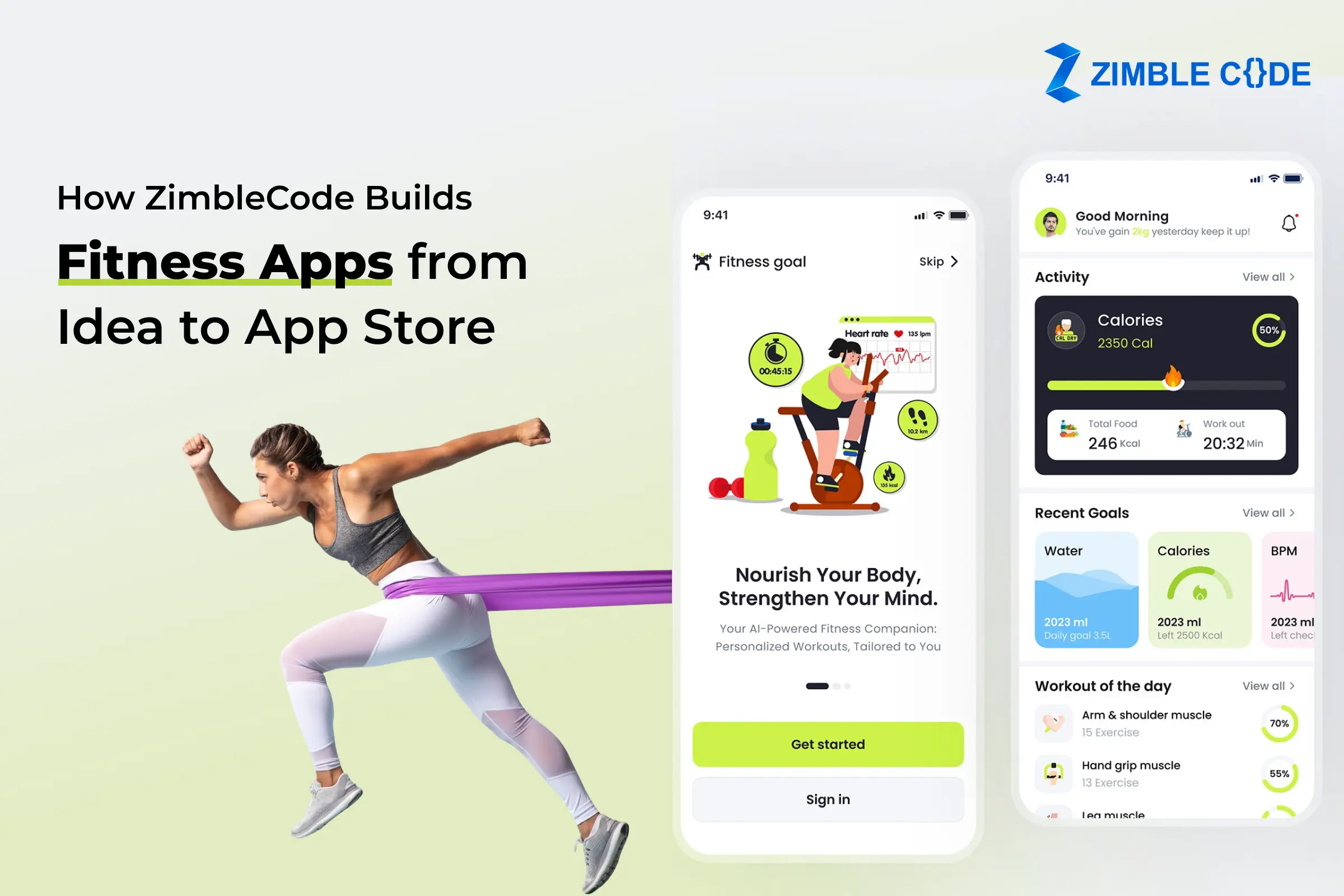




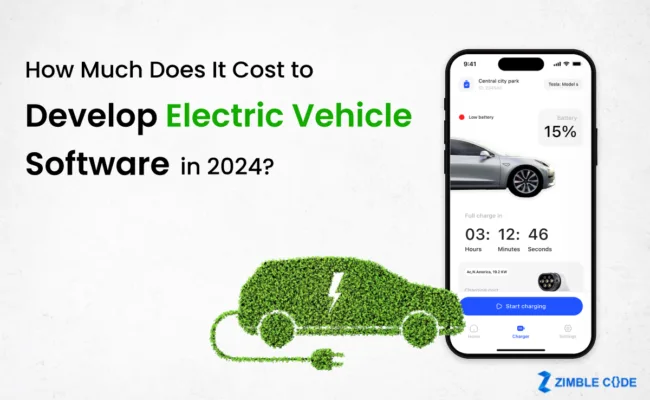
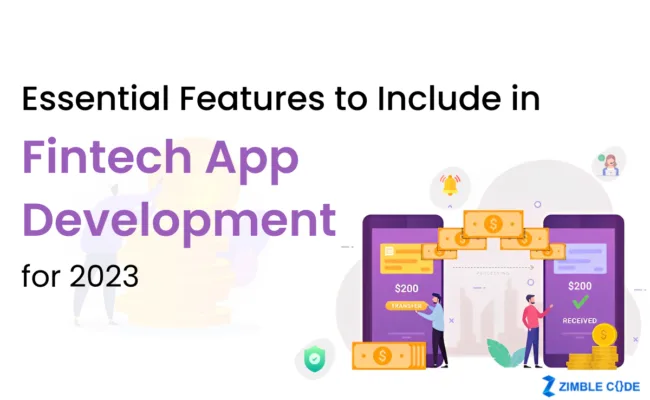
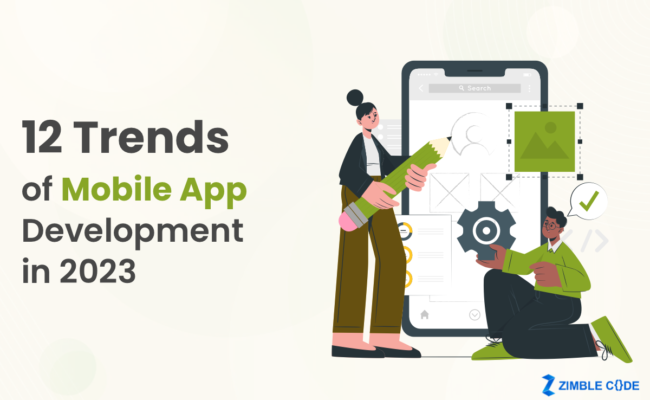

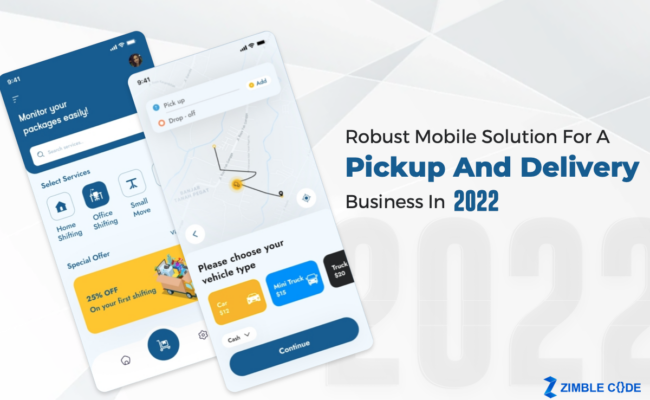

Leave A Comment